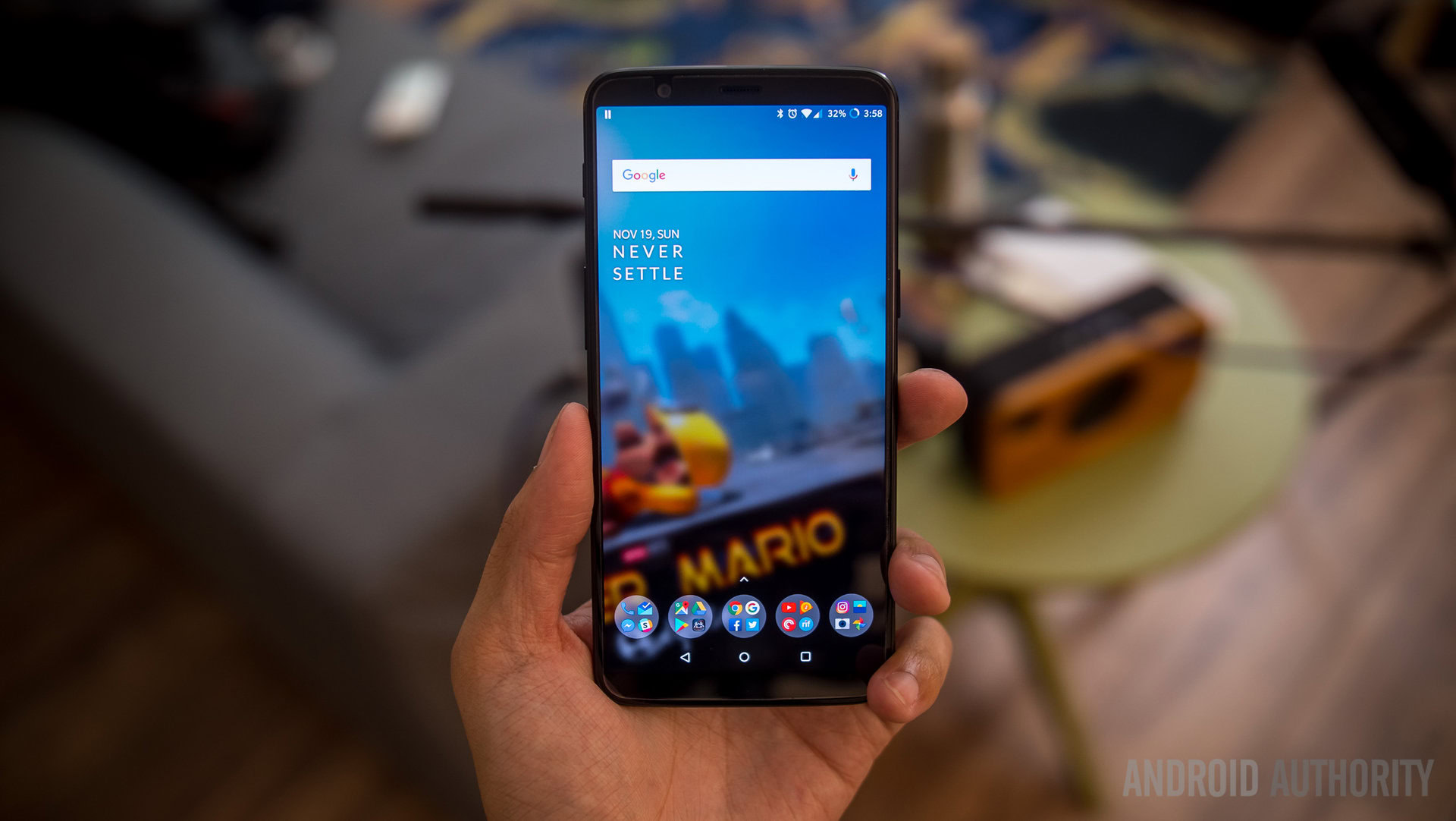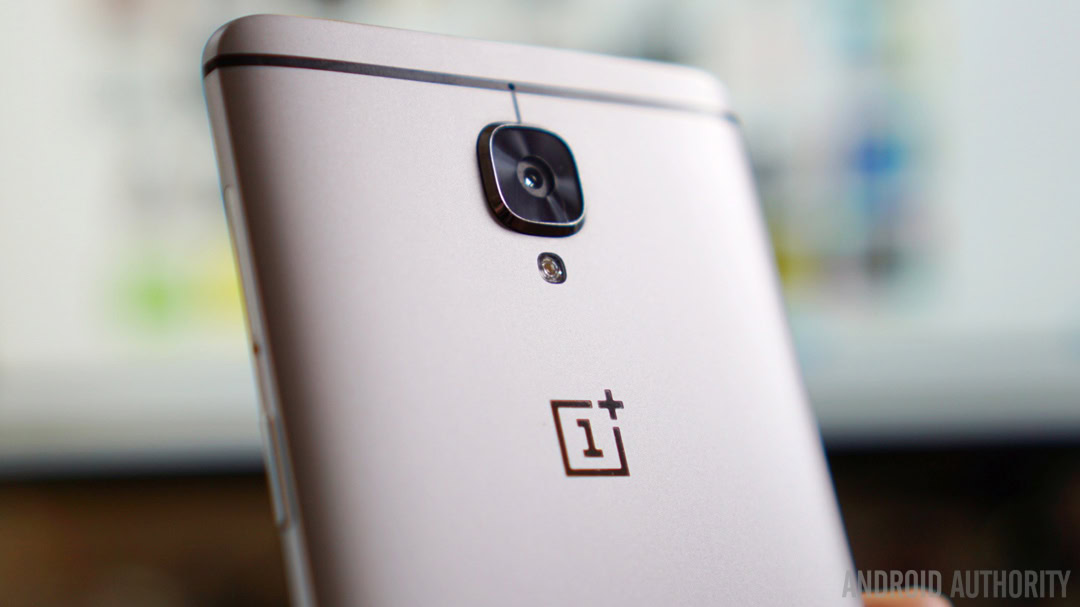Affiliate links on Android Authority may earn us a commission. Learn more.
For OnePlus, software is the key

These days, hardware really doesn’t do much to really set a phone apart. Many run on the same chipsets, or at least comparable ones. Their camera sensors mostly have similar resolutions.. Sure, new features are still being developed to push things forward, but how many phones are really unique? Every other one has a dual camera and an 18:9 display.
The real innovation is in the software space now, and that’s where OnePlus must reign. Its phones run a custom version of Android called OxygenOS. OxygenOS is light, fast, and feature-rich. It stands out among other OEM skins which feel bloated and slow devices down over time.
OnePlus struggled with a rocky software experience in its early years. It’s developed a reputation for providing slow software updates, if it even pushes them at all. Now it must overcome the sins of its past.
A rocky start

The OnePlus One launched with Cyanogen OS, exciting ROM junkies everywhere. If you loved to tinker with software, a phone launching with Cyanogen out of the box was a fascinating proposition. CyanogenMod was the custom ROM of choice back then. It provided a clean interface, interesting features, and quick updates. It was developed by the community, which made it even more attractive.

Sadly, Cyanogen wasn’t built to last. Once the relationship between it and OnePlus soured, that was it. The OnePlus One still got software updates from Cyanogen in some territories, but the companies split. OnePlus then developed OxygenOS for OnePlus One owners who wanted to switch and for its future devices.
When the OnePlus 2 hit the scene, it shipped with OxygenOS. Cyanogen was great, but it was someone else’s vision of Android. OxygenOS allowed OnePlus to share what it felt Android should be. Little did we know that the phone would fall flat. The OnePlus 2 shipped without hardware features many felt were standard on phones (NFC, quick charging), and the software wasn’t great either.
The version of OxygenOS that launched with the OnePlus 2 was buggy, slow, and caused numerous app crashes. Not only that, but some of OnePlus’ apps, like its camera application, were either so slow you couldn’t use it or just repeatedly crashed.
Making matters worse, OnePlus took forever to deliver updates. The OnePlus 2 launched with Android Lollipop in August of 2015. Marshmallow launched a few months later in October, but OnePlus took eight months to push it to the OnePlus 2. That was it.
The OnePlus 2 was never updated to Android Nougat. It’s hard to claim your device is the “2016 flagship killer” when you release it in 2015 and then provide slow updates. Cutting support after one major Android release is even worse.
Turning the corner

The OnePlus 3 and OnePlus 3T represented something of a turning point. Yes, prices went up again, and things weren’t perfect, but there was real improvement. Communication with the community had always been strong, but it got even better. Software updates came faster and with fewer bugs. Hardware felt like it was better than ever before with few, if any, significant features left out.

OnePlus has still made a few mistakes, though. Releasing the OnePlus 5T without Android Oreo is inexcusable, and updating the OnePlus 3 and OnePlus 3T to Oreo before the OnePlus 5 and 5T was strange, to say the least.
Never Settle

Even though OnePlus has improved, there is plenty of work to be done. For all of its improvements with updates and communicating with its fans, the company still released a phone with old software. Two steps forward, one step back, I suppose.
If OnePlus wants to raise its stature in the industry (and its prices), it must nail software. Not only that, it needs to be better than the other guys. It is now taking on big boys like Samsung, LG, and Google, and it must conduct itself like a company on that level.
OnePlus has shown the ability to learn from its mistakes. Now it needs to use those lessons to get better without future mistakes. It shouldn’t settle for inferior software or slow updates, and neither should its fans.